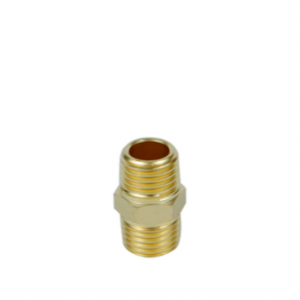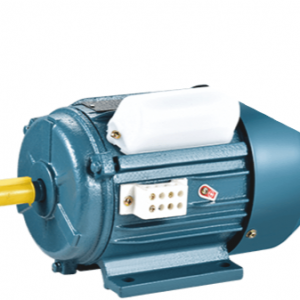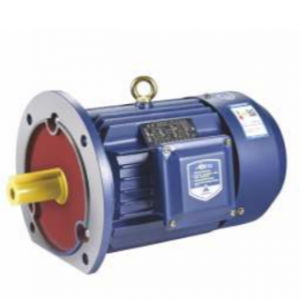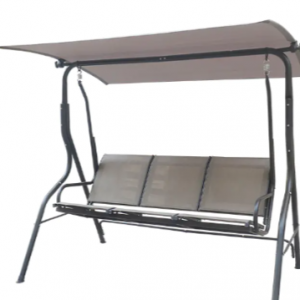The properties of ferrite magnetic tiles can be significantly influenced by changes in temperature. While ferrite magnets are known for their stability over a wide temperature range compared to some other magnet materials, there are still some temperature-dependent effects to consider:
Temperature Coefficient of Remanence (αBr):
The remanence of a magnet refers to its residual magnetization after exposure to an external magnetic field. The temperature coefficient of remanence (αBr) quantifies how the remanence changes with temperature. For ferrite magnets, αBr is typically negative, meaning that as the temperature increases, the remanence decreases.
Temperature Coefficient of Coercivity (αHc):
Coercivity is the resistance of a material to demagnetization. The temperature coefficient of coercivity (αHc) describes how the coercivity changes with temperature. Ferrite magnets usually have a positive αHc, indicating that the coercivity tends to increase with temperature.
Curie Temperature:
Ferrite magnets have a specific temperature known as the Curie temperature (Tc). At temperatures above the Curie temperature, the ferrite material undergoes a phase transition, losing its ferromagnetic properties. For typical ferrite magnets, the Curie temperature is relatively high, well above normal operating temperatures.






